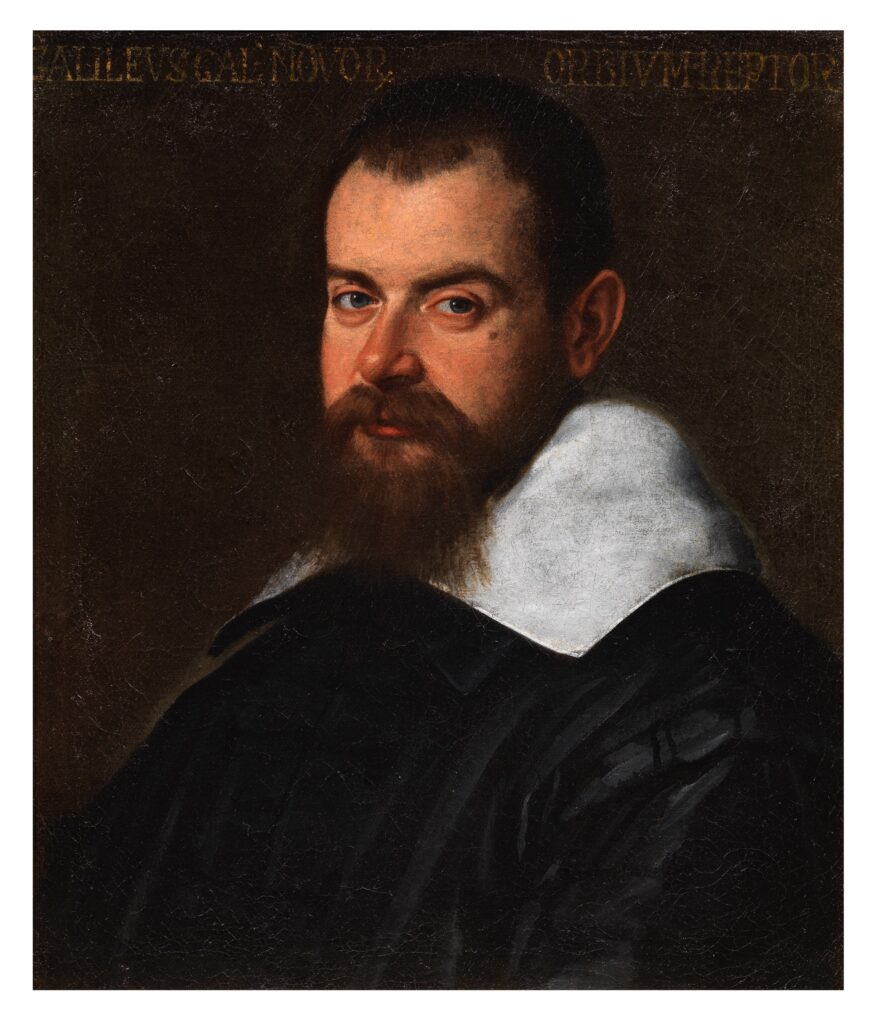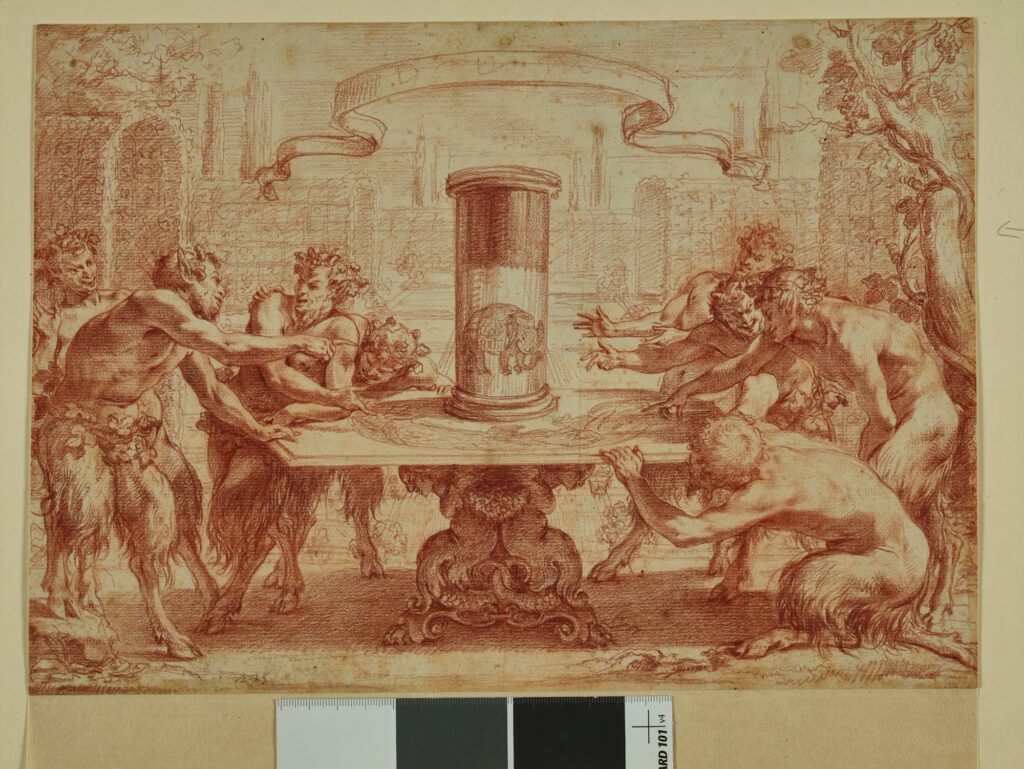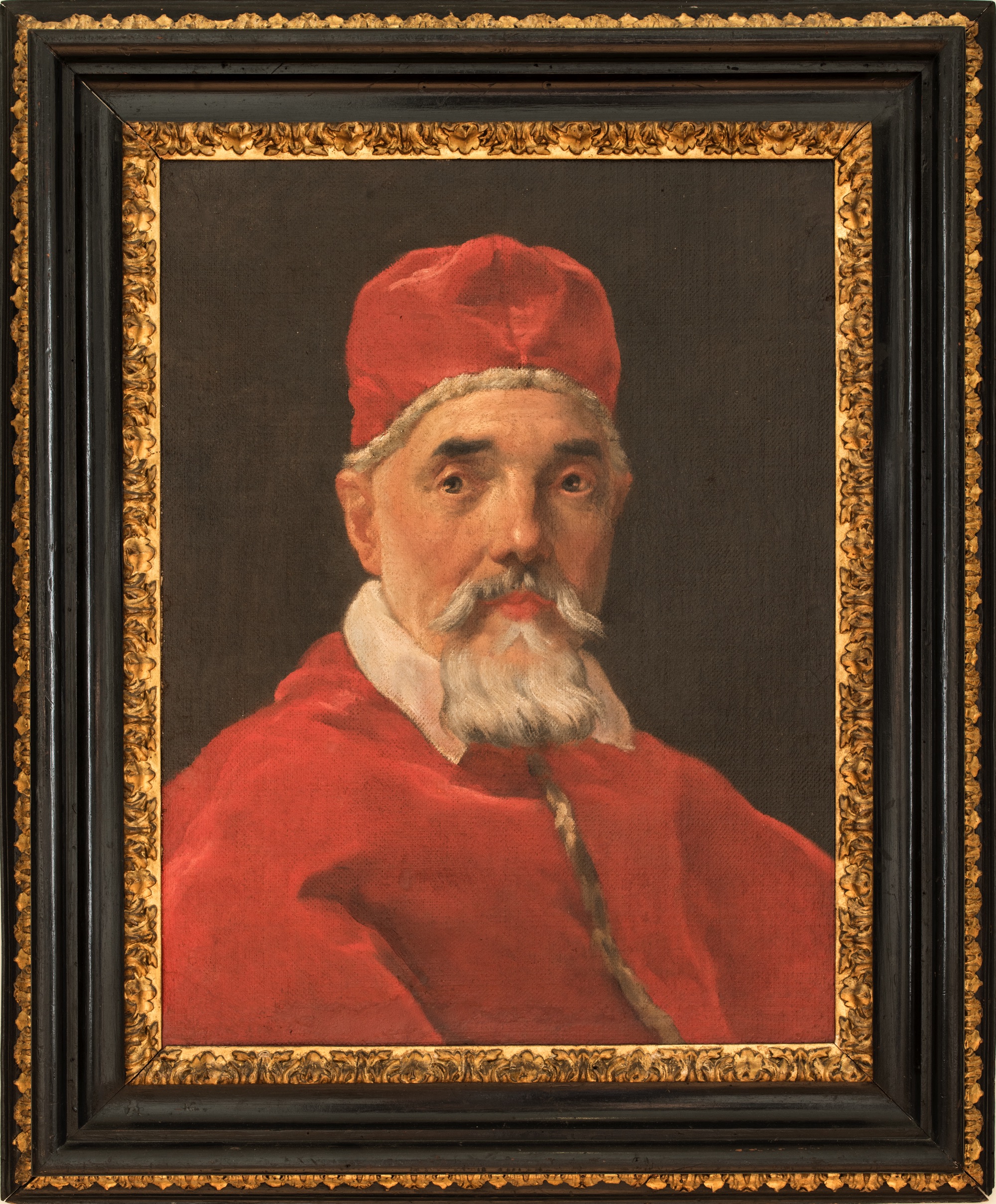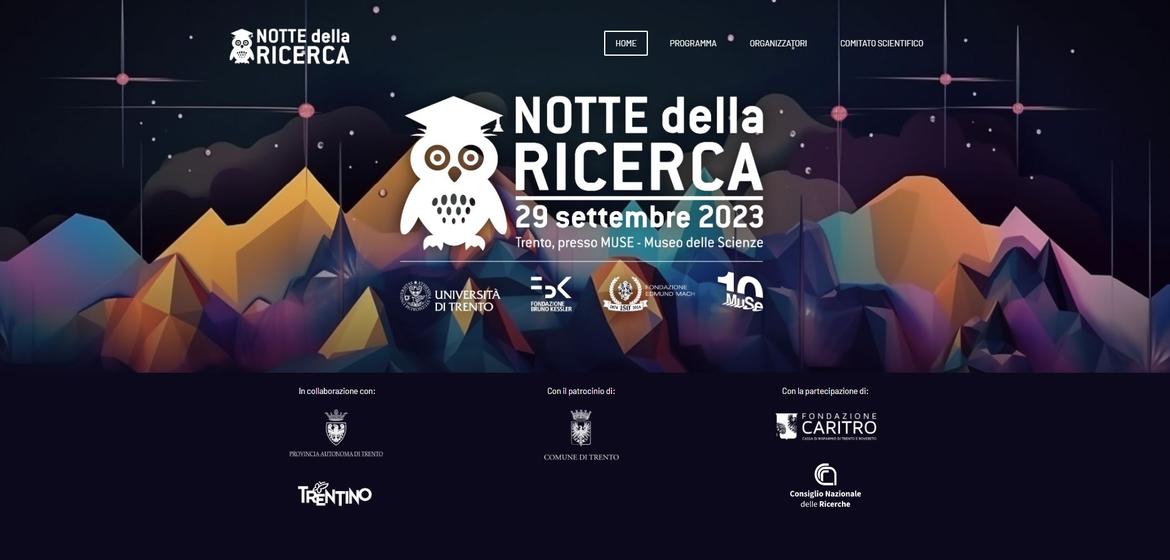Gian Lorenzo Bernini, Portrait of Urban VIII, ca. 1631-1632. Oil on canvas, 70×65 cm Rome, National Galleries of Ancient Art
Rome – City of the Sun: Baroque art and scientific thought in Rome in the Eighth Urban Age It is the hosted exhibition nIn the exhibition space of Palazzo Barberini, As of November 16, 2023, the 400th anniversary of the book’s publication Examiner to Galileo Galilei.
Exhibition designed by Galileo Museum In collaboration with the National Galleries of Ancient Art, the National Central Library of Rome and the Center for Studies of Culture and the Image of Rome, it is part of the celebrations of Urban VIII’s election to the papacy in 1623.
After the success of the exhibition Sovereign image. Urban VIII and Barberini Last spring and summer, Sun City It aims to deepen the relationship between art and science in the context of the Roman Baroque.
23 x 16.6 cm Rome, National Central Library

32.5 x 24.5 cm Rome, National Central Library
Galileo’s treatise
Examiner It was Galileo Galilei’s thesis that revolutionized the concept of modern science, which is based on observation and experimentation. This is an important text that he publishedLincian Academy And donate it to the newly elected Pope Urban VIIIIt was born after a dispute between… Galileo And the Jesuit Orazio Gracie On the origin of comets.
This work radically refuted the foundations of scholastic philosophy, on which the Jesuits’ arguments were based, and to which Galileo compared his own concept of organized nature on the basis of strict mathematical principles that did not allow exceptions.
The relationship between art and science
Sun City It therefore represents the stage of partnership between arts and sciences favored by Barberini’s clients in the Baroque capital. Election to the papal throne Maffeo Barberini In 1623 coincides with the publication Sun City to Tommaso Campanellaa philosopher who was released by Urban VIII and welcomed among the court scholars.

Oil on canvas, 70 x 61 cm Florence, Private Collection of Alberto Bruschi

engraving; 40.3 x 29.7 cm Florence, Bibliotheca Maroseliana
The utopian model of a hierarchical state led by the sun, similar to the model proposed by Campanella, seems to inspire the absolutist government of Urban VIII, which is also highlighted by the symbolism of the sun in Barberini’s arms.
The election of Maffeo Barberini to the papal throne, celebrated by Galileo Galilei examiner, It was the beginning of a happy relationship between science and the papacy. However, the condemnation of Galileo decades later by the Holy Office did not prevent his discoveries from sparking a critical debate involving the Collegio Romano, the Accademia di Linsay, and the Monastery of Minimi.
The exhibition explores this intertwining of science and baroque art through works Galileo, Christoph Scheiner, Athanasius KircherAnd the works of artists such as Bernini, Borromini and Sacchi.

Sun City
The exhibition is sponsored by Filippo Camerota In cooperation with Marcello FagioloHe has almost one Hundreds of original worksIncluding paintings, drawings, engravings and books loaned from prestigious Italian and foreign institutions.
These include, in addition to the National Galleries of Ancient Art, the National Central Library in Rome, the State Archives in Rome, the National Central Library in Florence, the Drawing Cabinet of the Sforzesco Castle in Milan, the Uffizi Galleries, and the Albertina Museum. in Vienna, the Bibliothèque de l’Observatoire in Paris, and the Hessisches Landesmuseum in Darmstadt.
The exhibition is accompanied by an illustrated catalog and bilingual guide, published in association with Galileo and Silab Museum Editionsto allow visitors to delve deeper into this interesting journey into the past.
Vadecom
City of the Sun: Baroque art and scientific thought in Rome in the Eighth Urban Age
Coordinators: Filippo Camerota in collaboration with Marcello Fagiolo
location: Barberini Palace – Exhibition space, Via delle Quattro Fontane 13, Rome
Open to public: November 16, 2023 – February 11, 2024
Timetables: Tuesday – Sunday, 10.00 – 19.00. Last entry at 6.00pm.
Closing days: Monday, December 25, January 1
a ticket: Full price: 7 euros | Discount: 3 € (groups, schools etc., minimum 15 people; 6-18 years; organizations with which agreements have been signed) | Free admission (under 6 years; visitors with an entrance ticket to the National Galleries of Ancient Art; visitors with an entrance ticket to the Galileo Museum; teachers accompanying school groups; ICOM members; tour guides and interpreters on duty; journalists with an order card, disabled people with an accompanying ).
Online shopping in this connection

“Infuriatingly humble social media buff. Twitter advocate. Writer. Internet nerd.”



